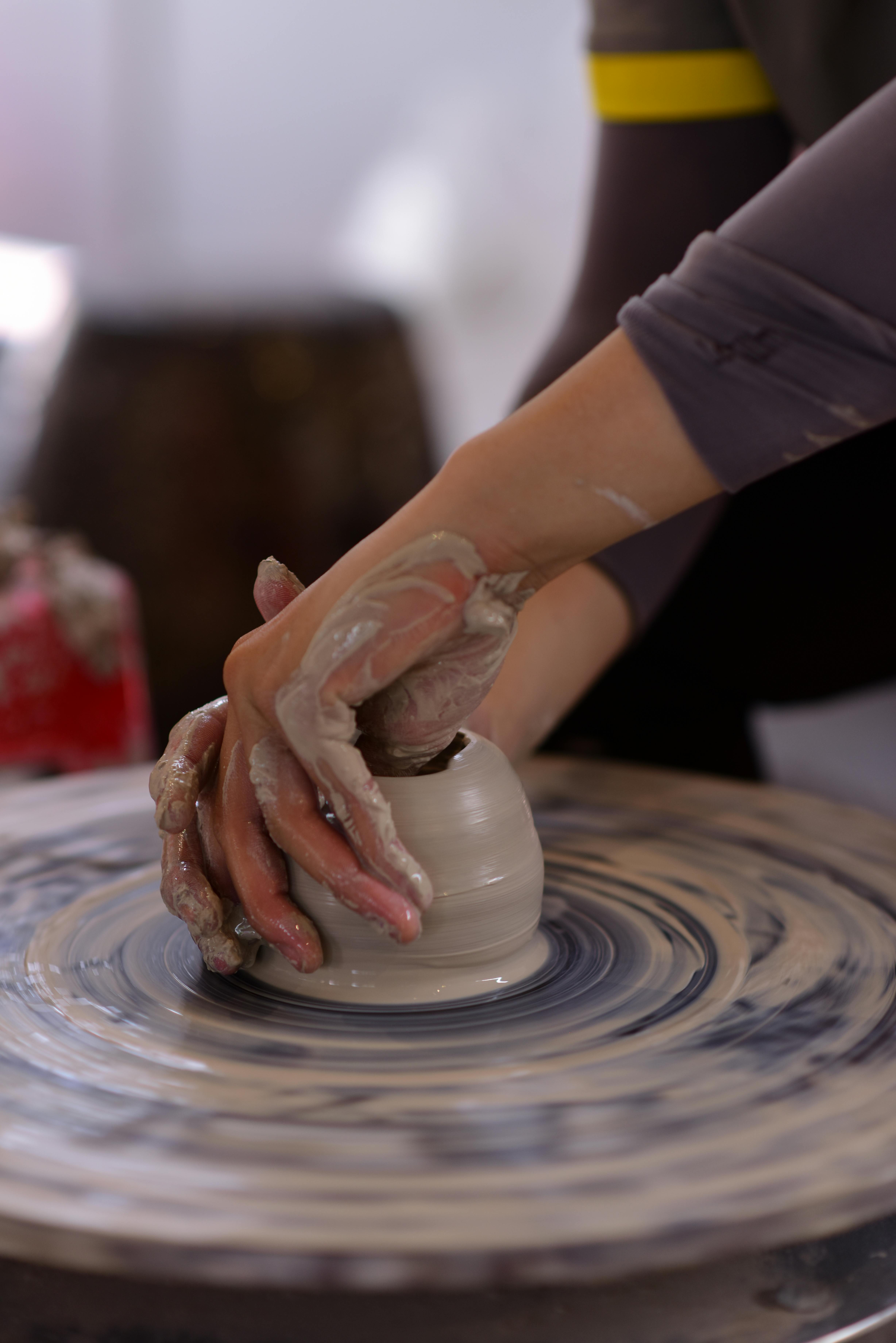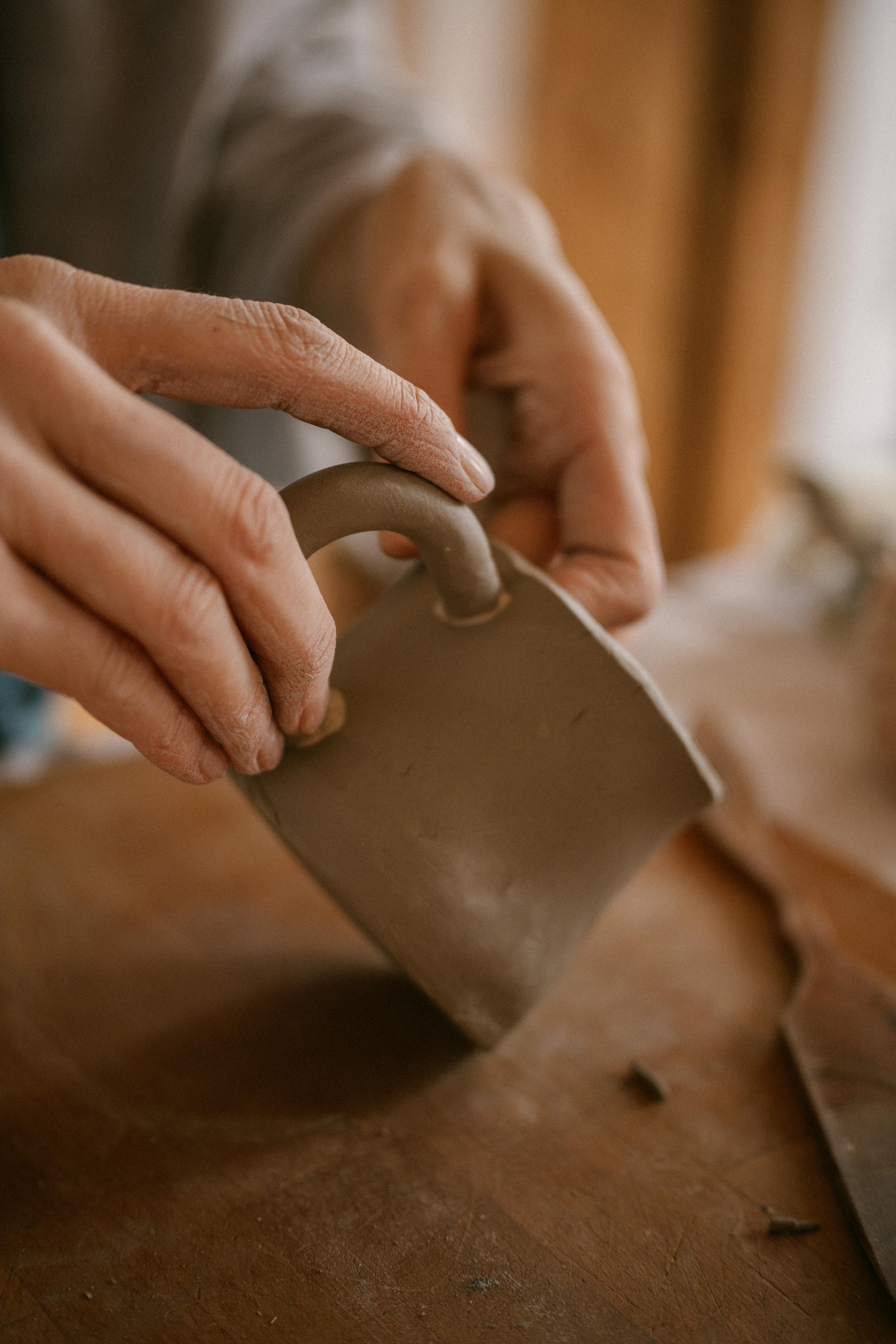Exploring Ancient Greek Pottery

Ancient Greek pottery offers a rich tapestry of art and history that has fascinated archaeologists and historians for centuries. Known for their intricate designs and storytelling, these artifacts are invaluable in understanding ancient Greek culture and society.
The Art and Craft of Greek Pottery

Greek pottery was more than just functional; it was an art form. Artisans honed their skills through generations, developing distinctive styles that defined various periods of Greek history. The production of pottery was an intricate process that involved careful selection of materials, precise techniques, and creative expression. This artistry is apparent in the detail found on surviving pieces.
Cultural Significance

Each piece of Greek pottery tells a story, capturing scenes from mythology, depicting daily life, or commemorating significant events. They serve as a window into the social and political climate of ancient Greece. According to UC archaeologists, these artifacts reveal much about the societal norms and practices of the time, offering insights that written records alone cannot provide.
Ongoing Discoveries

The discovery and study of ancient Greek pottery continue to be a vibrant field. Researchers employ modern technology to unlock hidden details, leading to new understandings about their production and function. Significant projects, like those highlighted in the Johns Hopkins University Archaeology Project, exemplify the ongoing quest to decode these ancient works, pushing the boundaries of what we know about this ancient civilization.
Conclusion

Ancient Greek pottery remains a profound source of historical and cultural knowledge. As researchers continue to examine these artifacts, both new and recent discoveries provide a deeper understanding of their significance, ensuring that the legacy of ancient Greek artisans endures for generations to come.
Explore Ancient Greek Pottery Techniques
The ancient Greek pottery wheel played a pivotal role in the development of ceramic art, enabling the creation of intricate vessels that characterized Greek culture. To gain a deeper understanding of these techniques, check out the video “ancient greek pottery art making” by MITTII KE BARTAN.
Did ancient Greeks have pottery wheels?
Yes, ancient Greek potters did make use of a wheel, typically measuring two to three feet in diameter and constructed from wood, terracotta, or stone. A notch at the center of the wheel’s underside allowed a stationary pivot to hold it in place while the potter spun the wheel by hand. This innovation made shaping clay vessels faster and more precise, paving the way for both everyday utensils and remarkable decorative pieces.
How did ancient pottery wheels spin?
Early potter’s wheels, often referred to as “tournettes” or “slow wheels,” evolved from simple hand-building methods. They were turned gently by foot or hand while rolling coils of clay into the desired form. Over time, Greek artisans refined this technique, creating more efficient, stable wheels that rotated smoothly to shape a variety of pottery styles with impressive consistency and detail.
What is ancient Greek pottery called?
Ancient Greek ceramics are broadly categorized into four principal styles: Geometric, Corinthian, Red-Figure, and Black-Figure pottery. Geometric pottery, one of the earliest styles beginning around 900 BC, features linear motifs and tightly arranged shapes. As techniques advanced, Greek artists depicted intricate mythological scenes, daily life, and ornamentation on vases, amphorae, and kraters—offering a captivating insight into Greek culture and artistry.
Is Greek pottery valuable?
Greek pottery remains highly collectible, with values reflecting the rarity, craftsmanship, and condition of each piece. While smaller, more common examples can begin around £2,000 (approximately $2,500), larger or particularly rare vessels with detailed decoration may reach prices in the hundreds of thousands. Collectors today often display ancient Greek ceramics alongside contemporary works, a testament to their timeless appeal and artistic significance.
In exploring the fascinating world of ancient Greek pottery wheels, we’ve uncovered just how instrumental this simple invention was in shaping the rich tapestry of Greek art and daily life. The precision and skill required to craft these intricate vessels not only reflect the technical prowess of ancient potters but also offer us a window into the cultural and social practices of the time.
Stay Connected and Discover More
If you found this journey into ancient craftsmanship intriguing, make sure to follow us on Instagram for more captivating insights and updates. We'd love to share more stories and discoveries with you, so stay tuned and join our community of history enthusiasts!
